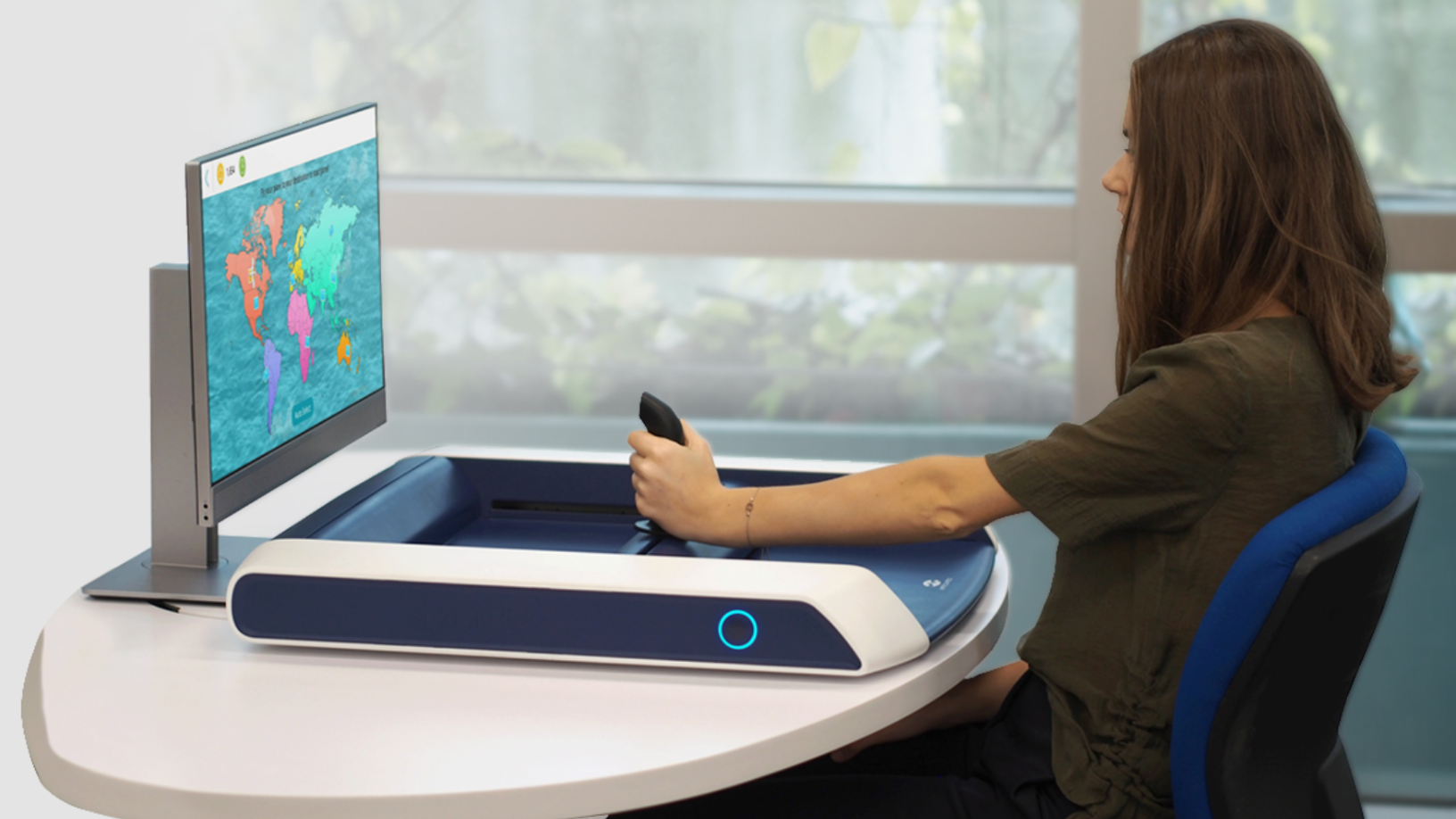Between 2011 and 2012, Worktile founder Wang Tao co-founded two startups. His inbox was flooded with emails from clients, potential investors, colleagues and spammers.
In 2012, McKinsey & Company reported that replying to emails gobbled up 28% of employees’ workweeks, diminishing significantly productivity and efficiency. The percentage was higher for business executives. Wang himself devoted a lot of time to reading, writing and answering emails, but was still overwhelmed by the sheer volume of enquiries.
In the West, Slack and Trello have boosted productivity in the workplace by improving communication and collaboration. A Slack survey reported that, on average, its clients have experienced a 48.6% reduction in email, a 32.4% increase in productivity and have attended 24% fewer meetings. But Slack’s and Trello’s servers are located overseas, which means slow and unstable connections for Chinese firms.
In China, many teams and companies still use multiple tools from different firms to get work done, i.e., QQ and WeChat for communication and Microsoft Excel for generating work reports.
But tools such as Microsoft Office were created for individual use. Sharing a Microsoft Excel document back and forth with colleagues over email, for instance, is not the most efficient way to collaborate on a report.
In order to eliminate these inefficiencies, Wang, an engineer himself, created a tool specific to the needs of his first two startups based on open source codes. “But not all teams have such capability,” he said.
After his first two startups failed, Wang took what he’d learned from his initial entrepreneurial ventures and developed a collaboration tool from scratch. He founded Worktile in 2012.
Big picture and the details
The web version of Worktile was launched in November 2013. With its all-in-one platform for team collaboration, the startup’s goal was to replace not only internal email, but also other tools used by Chinese companies such as QQ and WeChat.
Before Worktile, team members had to reach out to multiple colleagues to get a whole, but not always clear, picture of a project.
To remedy this problem, Worktile designed a dashboard to list all active projects, which can display performance metrics, highlight critical milestones and underline tasks that require extra attention.
Managers can assign, modify and track projects on the Worktile dashboard using drag and drop. Team members get a very clear idea of who’s doing what, how projects are progressing and what is left to be done. Users require neither a lengthy user guide nor training sessions in order to learn how to navigate the software.
When communicating primarily through email, QQ and WeChat, team members occasionally fail to notice tasks, directions, etc., in lengthy text chains. The premium versions of Worktile help companies sidestep this problem by automatically converting chat records into tasks.
By allowing users to create new documents and edit them with colleagues simultaneously, Worktile has freed one of its major clients, 36Kr, a Chinese news site that covers technology and startups, from dependence on email and QQ for file transmission. This feature has helped 36Kr employees work together on articles in a much more efficient manner.
“Worktile helps us effectively manage projects, assign tasks and keep track of progress. It even supports cross-team collaboration,” said a manager at Xiaohongshu, a popular social media and e-commerce platform that has been a Worktile client since 2015.
Acquiring users
Chinese companies, especially smaller ones, accustomed to using QQ, WeChat and email for internal communication are all potential Worktile clients. Unfortunately, convincing them to make the switch has proven difficult. While tools like WeChat may be less efficient, they are free of charge.
In order to attract new users, Worktile has adopted a freemium pricing model. Potential clients use the software for free before deciding whether to pay for upgraded features.
The free version, designed for use by 10 employees or less, has helped Worktile build a loyal user base. Once potential clients see how the tool helps their team work more effectively, they often opt for access to premium options such as unlimited team size, employee attendance management and customer relationship management.
With an eye to engaging product users, Worktile employees write regular blog posts to promote valuable features of the software. Instead of making the hard sell to potential clients, the startup aims to gently acquaint users with a new way of collaborating in the workplace.
Client input has played a large role in product development. Users can visit Worktile Roadmap, which explains what features will be in the next version and which are still in progress. Clients can also propose new features to the Worktile team.
“Our product management and R&D teams pay visits to enterprise clients every week. We want to make it clear which functions can help clients resolve problems and find out whether they have any pressing needs. You can’t ignore user needs when crafting a product,” said co-founder and CTO of Worktile Li Huijun.
Since the premium version was launched online in 2016, Worktile has gained more than 200,000 clients, including nearly 3,000 paid corporate users. The startup has already broken even, with monthly revenue of around RMB 3 million.
Worktile is enjoying both rapid growth and a foreign market presence. In 2014, overseas clients accounted for 10% of its 20,000 users. The number has grown since the company started building servers abroad.
Worktile is ultimately interested in offering more than just a collaborative tool to clients. “We’re planning to set up an institute to dig deep into the value of data. Based on the data on team collaboration, we want to help clients with decision-making by helping executives understand better how their company operates,” said Wang.













